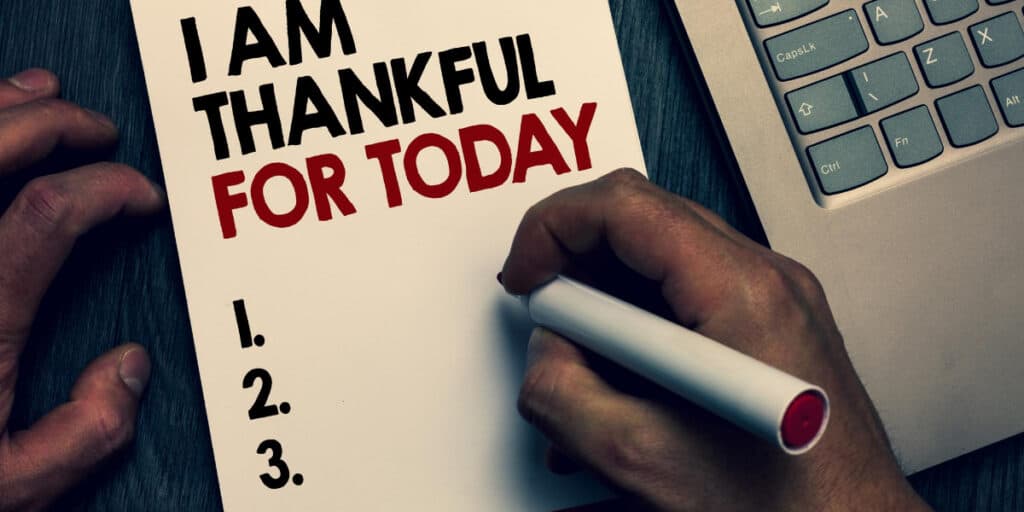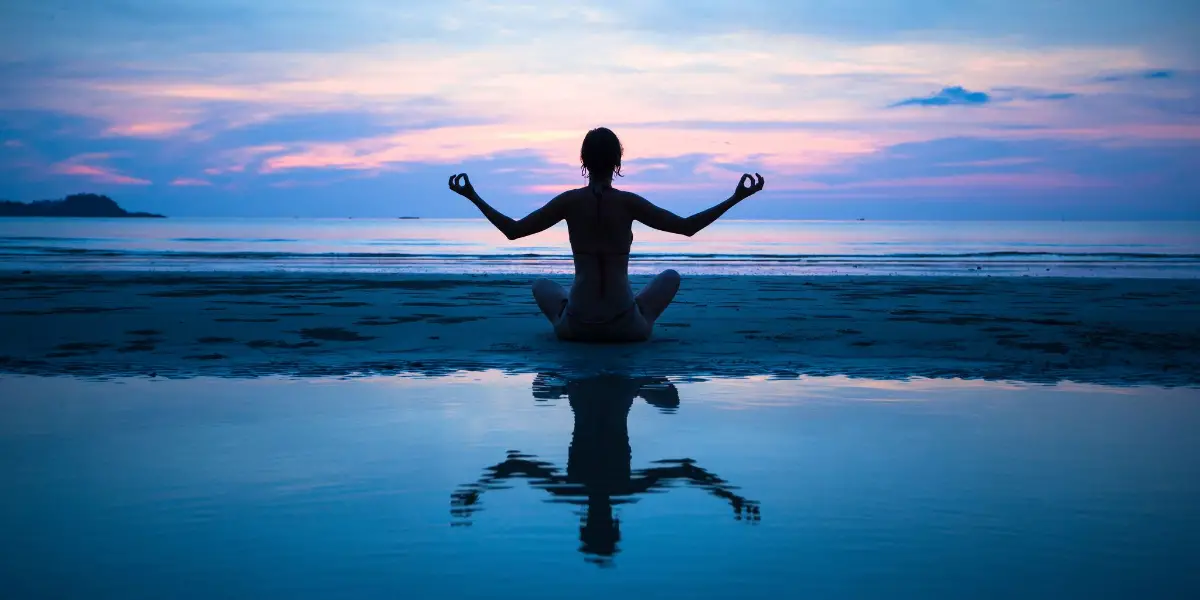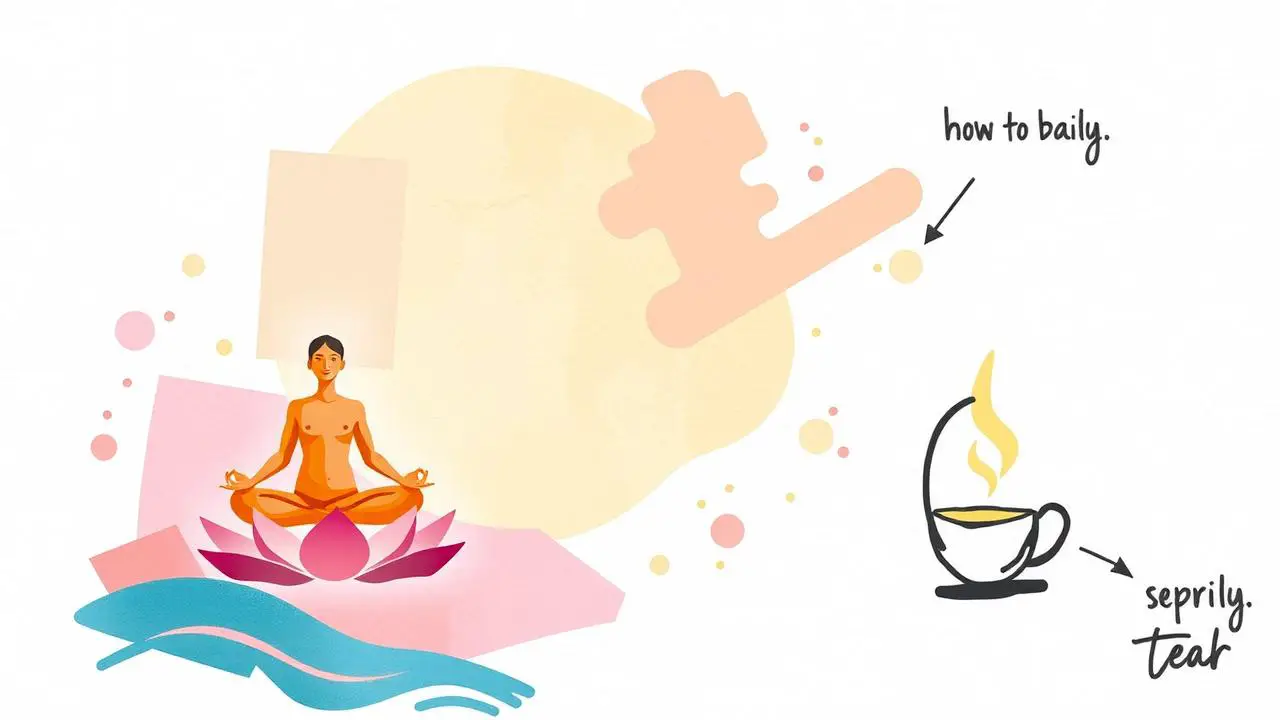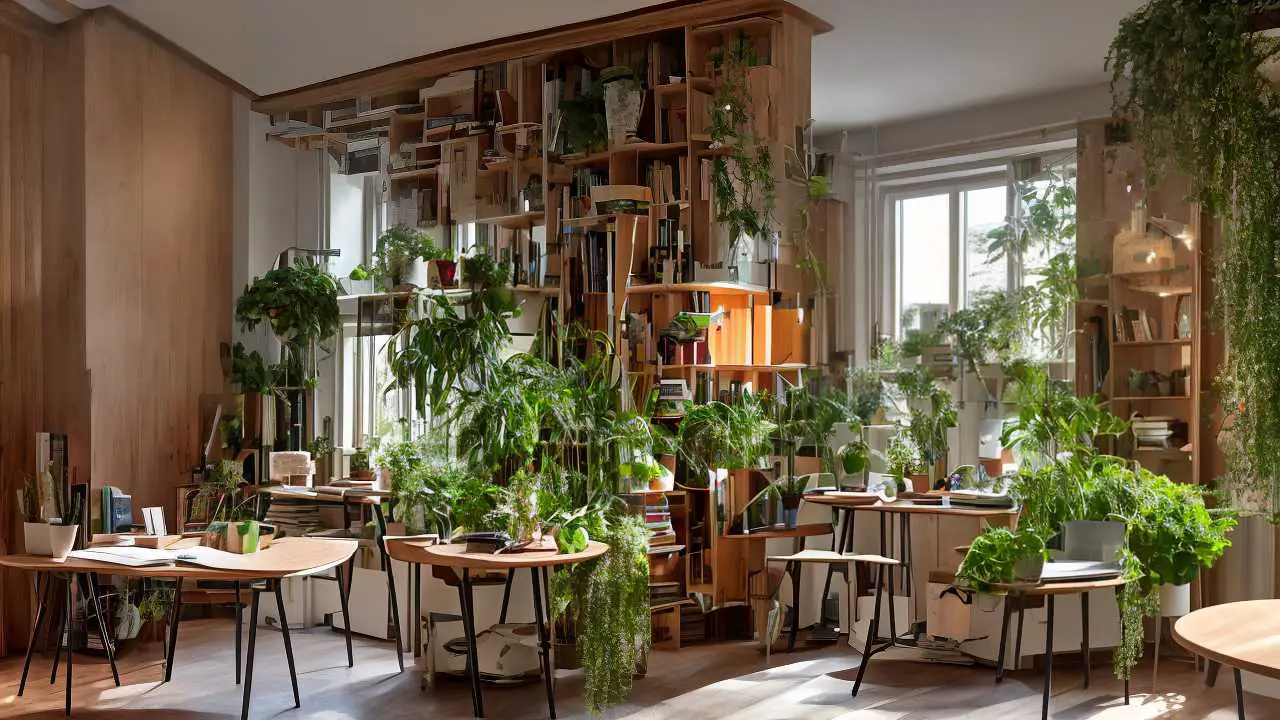Mindfulness is a practice that helps us become aware of our thoughts, feelings, and actions so we can live a happier life. If you’re new to the practice you’re probably wondering what are the different ways we can practice mindfulness in our everyday lives.
There are many ways to practice mindfulness, including meditation, yoga, tai chi, qi gong, journaling, and others. The key to practising mindfulness is to focus on what you are doing at the moment without being distracted by thoughts about the past or future.
Of all the ways to achieve mindfulness, one of the most popular methods is by meditating.
What is Mindfulness Meditation?
Mindfulness meditation, also called mindfulness practice or just meditation, is a way of being in the world that helps you to be more aware and present. It’s about living your everyday life with greater awareness and kindness towards yourself and others.
It can be done in a number of ways, but they all share some common features. The first thing that every person does when starting to meditate is sit down on a comfortable chair or cushion and close their eyes.
After this, you will start to focus your mind. This means that you will pay attention to any physical or mental sensations. These sensations may include sounds, smells, tastes, or sights. When you’re ready for your next step, you will notice that your breathing is slower and deeper. As time passes, you will become more relaxed. This is because you have achieved a state of calmness. You will feel calmer, happier and less stressed than before.
Another way to get into this mindset is to try a few simple techniques like guided visualizations. For example, you can imagine yourself in a beautiful place with no stressors around you. Then, as time goes on, your concentration skills will improve.
To begin a meditation practice requires little more than finding a quiet space and sitting comfortably. It does not require anything special – just sit still for 5-10 minutes at a time. Many people find it helpful to breathe deeply during the exercise. In fact, when meditating, you should only focus on your breath. Once you have mastered this basic technique, then you can start exploring different forms of visualization.
There are many ways of doing so, but some of the most popular include:
- Guided imagery (imagining things in the mind). For example, you could visualize yourself relaxing or being in a peaceful environment. Or maybe you would like to think about a specific problem that is bothering you, and what you might do differently if the situation were resolved.
- Hypnosis (suggesting an altered state of consciousness). You may want to imagine yourself becoming a great athlete or artist. Or perhaps you could imagine going back in time and reliving a happy childhood memory.
- Mantras (repeating words or phrases over and over again). Some people use mantras to help them relax. They repeat certain words or phrases, such as “I am safe” or “Peaceful” or “Calm.”
If you need a little guided help there are lots of brilliant videos available for free on YouTube.
Benefits of Mindfulness
Mindfulness is defined as paying attention on purpose, in the present moment and non-judgmentally, with acceptance.
It helps us become aware of our thoughts, feelings, sensations, and behaviors. When we bring awareness to these things, it allows us to make better decisions, solve problems, and live happier, healthier lives.
We often think of meditation as sitting quietly in silence or doing repetitive movements. While those activities can be helpful, they don’t mean that’s how to meditate.
In this day and age, most of us spend too much time worrying about the future. We worry about getting fired. We worry about losing our house. We worry about being broke. We worry about dying young.
As a result, we often miss out on the present moment. We forget to appreciate the good things in our lives. And we neglect the important things in our lives.
Mindfulness is the antidote to this vicious cycle.
Mindfulness helps us focus on the present moment. It helps us appreciate the good things in life. It helps us enjoy them fully.
Because when we’re mindful, we’re living in the moment. We’re enjoying the here and now. When we’re mindful, we can truly appreciate the little joys in life. We can savor every bite of food. We can experience the warmth of a hug.
We can smell the flowers. We can hear the birds sing. We can taste the coffee. We can touch the raindrops on our skin. These aren’t the only benefits of mindfulness.
1. Stress Management
Stress is something that everyone experiences at some point or another. When you are stressed out, you may find yourself feeling anxious, angry, sad, frustrated, or even depressed. These feelings can lead to physical symptoms such as headaches, backaches, stomach aches, and heartburn. The good news is that there are ways to manage stress effectively. One of the most effective methods is through mindfulness.
2. Self-Care
Self-care is important for maintaining mental health. When you are mindful, you are able to notice when you are starting to feel overwhelmed or anxious. By taking care of yourself, you are able to stay calm and focused throughout the day.
3. Overall Well-Being
When you are mindful, you begin to see life in a whole new light. Instead of focusing on all of the negative aspects of life, you are able to focus on the positive ones. Being mindful helps you to appreciate the little things in life.
4. Improved Concentration
One of the biggest challenges that people face today is staying focused on tasks at hand. When you are distracted, it can be difficult to complete daily activities. However, when you are mindful, you can remain focused on the task at hand without getting distracted.
5. Increased Happiness
Happiness is a state of mind. When you are happy, you tend to smile more often. When you are smiling, you are more likely to attract others around you. As a result, you are happier and more productive.
Step-by-Step Mindfulness Tutorial
Step 1 – Know your purpose: Before you start practising mindfulness, make sure you know your purpose. What do you want to accomplish? Why are you practising mindfulness?
Step 2 – Set a timer: When you first begin practising mindfulness, set a timer for 10 minutes. You don’t have to use the same timer every time. Use whatever timer you like.
Step 3 – Breathe: Take a deep breath in through your nose and let it out slowly through your mouth. As you breathe in, say “in” and as you breathe out, say “out”. Repeat this process several times.
Step 4 – Focus on your breathing: Focus on your breathing. Pay attention to your breath as you breathe in and breathe out. Let your mind relax and focus on your breath.
Step 5 – Pay attention to your thoughts: When your mind wanders, gently bring it back to your breath. As you focus on your breath, notice any thoughts that come into your mind. Notice them, acknowledge them, and let them go.
Step 6 – Be aware of your body: Be aware of your body as well. How does your body feel? Does your body feel heavy or light? Is your body warm or cold? How does your body feel?
Step 7 – Be aware of your emotions: Be aware of your emotions. How are you feeling? Are you happy or sad? Are you angry or afraid? How are you feeling?
Step 8 – Be aware of your surroundings: Be aware of your surroundings. What do you hear? What do you smell? What do you see? What do you feel?
When you’re mindful, you’re fully focused in this moment and aren’t thinking about what happened yesterday or worrying about what will happen tomorrow. Being mindful means being totally aware of what’s happening now. To do this, notice all your senses: Hear sounds, see sights, smell smells, touch things, taste foods, and feel emotions. When you’re mindful, you’ll be more productive because you won’t worry about what’s going to happen next.
Notice how you think and act. When you’re practising mindfulness, pay attention to your thoughts, your actions, your feelings, your body, your environment, and your surroundings.
Incorporate Mindfulness into Everyday Life
Learning to incorporate mindfulness techniques into everyday life can be hugely beneficial. For example, if you’re in a stressful situation, try using meditation techniques such as deep breathing exercises and counting to 10 before reacting.
Pay attention to yourself when you wake up. Before getting out of bed each morning, try taking several slow, deep breaths. Counting from one to ten is a great way to get into a routine. This helps you focus on your day ahead. You can use similar practices throughout the day, even if you don’t have time for a full-length session.
Practice positive affirmations every day. Affirmations are statements that help you improve your life. For example, an affirmation might be “I’m healthy,” or “I am grateful.” Whenever you say these affirmations, it makes them become true in your mind. It also increases the likelihood of those things becoming real.

Think about what you want to accomplish. Each night, sit down and write down your goals for the next day. Write short, specific goals instead of vague ones such as “to be happy” or “to be successful.” Make sure they’re written in present tense so you’re focused on what you’re doing right now.
Mindfulness FAQs
Here are some of the frequently asked questions about mindfulness.
Can mindfulness help me with stress?
It depends on how much stress we’re talking about. In general, it helps us cope better when dealing with things such as illness or loss. But even in daily life, it has many benefits for us.
Is it possible to use meditation skills to fight depression?
Meditation techniques can help with stress management and reduce anxiety levels. They also help people to cope with their emotions in a healthy manner. Meditation helps people to focus on the present moment and allows them to take control over their thoughts and feelings.
Many people who practice meditation report feeling calmer and happier. Meditation also helps with sleep, anxiety, and pain management.
What are some common misconceptions about mindfulness?
One misconception is that people think they have to sit down and meditate all day long. That isn’t true at all.
Another misconception is that everyone needs to learn the same techniques or that you need to follow certain rules.
Also, most of the time, people expect too much from their practice. People get discouraged when it doesn’t work right away.
How do you know if you’ve been practising mindfulness?
A good sign is noticing any positive changes in your thoughts and feelings. For example, being kinder to yourself can be a great start. You might also feel calmer or less anxious. If you notice negative thinking patterns, those will probably change over time as well.
What are some tips for successful mindfulness practice?
Mindfulness is a great tool for stress relief and relaxation. It’s a simple technique that anyone can do, and it doesn’t require any special equipment.
Start by becoming aware of when we are not being mindful. Then, we can start practising mindfulness by noticing our thoughts and feelings. We can also try to be more aware of what we are doing at all times.
All you need is a quiet space where you can sit comfortably and focus on your breathing.
Start by taking three deep breaths through your nose. Then, let each breath out slowly through your mouth.
Repeat this process until you feel calm and relaxed. Once you’ve mastered this basic exercise, try adding a few other techniques to your practice.
Try counting your breaths, or repeating a phrase like “I am safe” or “I am loved.” These techniques can help you relax even further.
Practice can sometimes make you frustrated because you want results fast. Instead, just keep trying.
What are some beginner-friendly ways to practice mindfulness in daily life?
Incorporating mindfulness meditation practice into everyday activities is ideal for beginners. Start with brief sessions, focusing on breath and body sensations. Take mindful walks, eat mindfully, and meditate for a few minutes daily. Use guided apps or videos for support. Gradually increase the duration as you become more comfortable.
Conclusion
If you want to improve your mental health, then mindfulness is an excellent way to go. It’s easy to learn, and it’s free!
Mindfulness is a skill that anyone can learn, and it’s something that can benefit everyone.
The best part of mindfulness is that it works on its own. There’s no magic trick.
It takes practice, but the results are worth it.




